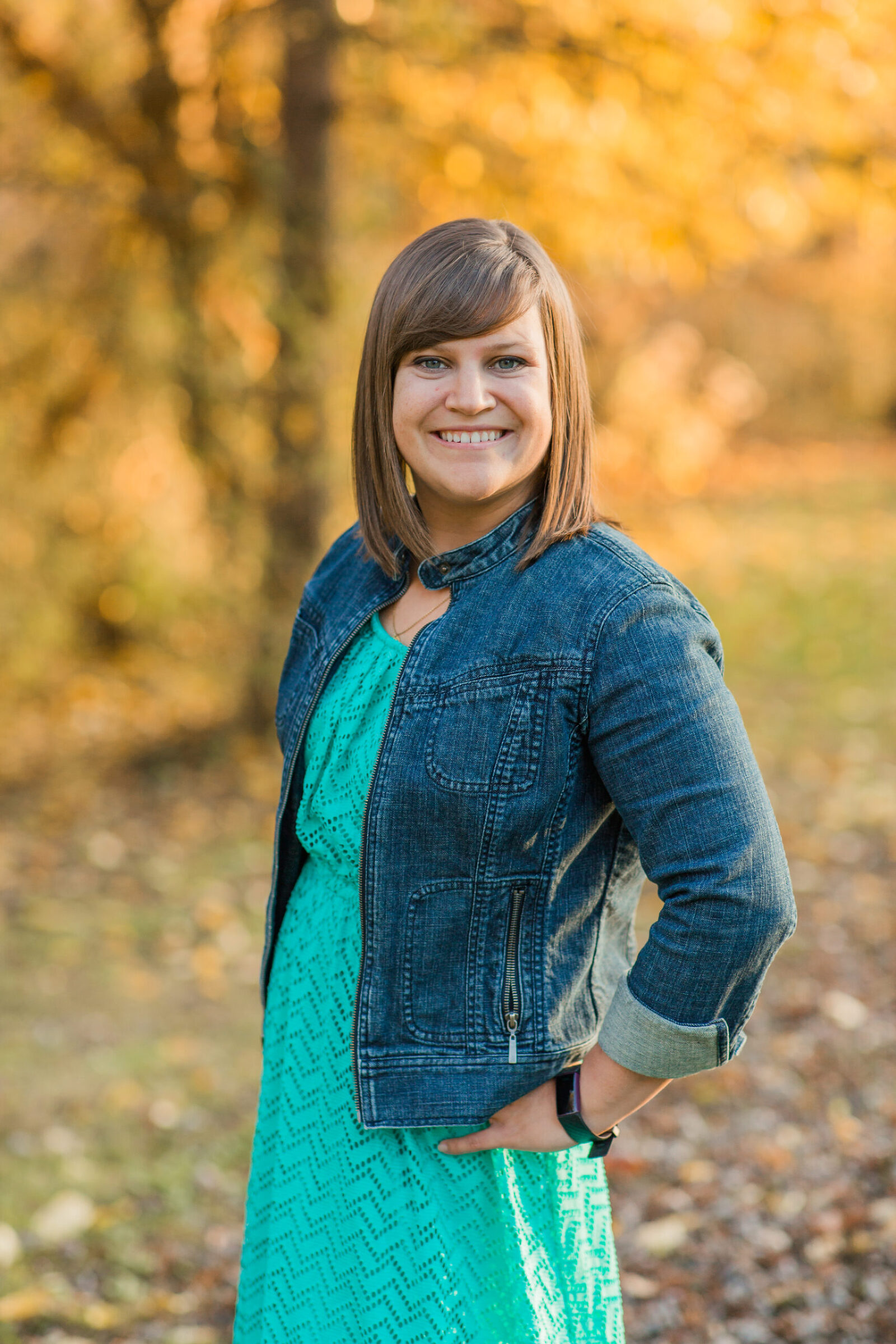.jpg?ssl=1)
Something that’s really come to light in the wedding photography community lately is how drastically different wedding photographer’s post-processing styles are.
You may have never thought of this before, but consider this:
We could line up TEN amazing, talented photographers and allow each of them to take the exact same shot (same subject, same lighting, same pose, same angle). We could even hand them each the same camera and lens!
But here’s the crazy part:
Each of those ten amazing, talented photographers would bring that image home and edit it COMPLETELY DIFFERENT than the other nine.
(At the risk of getting too technical:)
Photography is a VAST art.
There is different equipment (Canon, Nikon, Sony, Olympus, Pentax, Lumix, etc.).
There are different lenses (different focal lengths, aperture parameters, quality of glass, etc.).
There are different lighting techniques (off-camera flash, soft-boxes, continuous lights, etc.).
There are different posing techniques (ranging from super-hands OFF photo-journalists to super-hands ON posers).
There are different shooting styles (documentary, candid, fly-on-the-wall, structured, posed, etc.).
And there are different editing and post-processing styles.
How a photographer sees an image, from how they set up the shot, take the image, and then bring that image home to actually process it, is UNIQUE and DIFFERENT.
So, how does one comb through the thousands of photographers Google will deliver to you when you ask it for “Wedding Photographers Near Me” to narrow down your selection?
Obviously, I could write a massive blog post touching on shooting styles, posting techniques, and trends, but today, I want to simply focus on EDITING AND POST-PROCESSING STYLES.
If you’ve never looked at multiple photographer’s websites back-to-back before, you likely wouldn’t even realize that photography styles can vary so dramatically. But, once you start combing through lots of photographer’s websites, you’ll start to notice some common themes and trends.
COMMON POST-PROCESSING STYLES
Light-And-Airy – These images tend to fall on the bright side of things. Tones tend to be slightly pink, the colors are typically soft and slightly muted. Shadows are typically minimized.
Dark-And-Moody – These images tend to fall on the darker side of things. Tones tend to be typically warmer, the colors are strong and the contrast is high. Shadows are typically highlighted.
True-To-Color – These images tend to fall in the “exactly as your eye sees them” category. If the sky is blue, it’ll be blue in your images. If the grass and trees are green, they’ll be green in your images.
Obviously, these are some pretty broad categories – and within each category there can be a lot of different branches, including Film-Like, HDR, Matte, Vintage, etc.
It can all be a bit confusing, right?
So, allow me to introduce a set of OBSERVATIONS that can help as you comb through photographers and try to nail down the type of post-processing style you love the most.
After all, you might love a photographer, you might love their posing, you might love their professionalism, experience, and manner, but if you hate their post-processing style – it’s not going to end well.
- Look at the greens in a photographer’s images: are they GREEN? are they NEON? are they BROWN? are they BLUE? are they YELLOW? (Greens are notoriously difficult to edit and it can take photographers years to nail down how they want their greens to look – once they nail down their personal style though, they can duplicate it! So, pay attention to the tone of the greens in a photographer’s images – do you like it?)
- Look at the skin tones in a photographer’s images: are they PEACHY? are they ORANGE? are they DARK? are they DE-SATURATED?
- Look at the whites in a photographer’s images (specifically images of a bride in her wedding dress): are they WHITE? are they YELLOW? are they PINK? are they ORANGE? are they BLUE? (Obviously wedding dresses range in color from ivory to champagne to white, but how does a photographer treat a wedding dress’s color?)
- Look at the overall tones of a photographer’s images: are they CLEAN? are they GOLDEN? are they MUTED?
Are you getting a better feel for a photographer’s post-processing style? Once you nail down what you like, you will begin seeing photos differently!
The beautiful part of this whole exercise is: there is no right or wrong answer!
A style that resonates with you, won’t resonate with someone else! A particular look to a photographer’s greens and skin tones might overwhelm you with emotion, while it leaves someone else confused. And that’s what makes this entire process beautiful and fun.
The more educated you are in seeing these differences, the easier it will be to nail down your particular favorite style and guarantee that you absolutely LOVE your photos!
*One last note:
Can a photographer change their style just for you?
In short: no.
A photographer is an artist and any experienced artist has spent years honing in their unique style. Everything they do leads to their end result (the way they interact and pose and shoot).
If you find a photographer that you love everything about except their post-processing style – it’s painful to say, but it’s a deal-breaker. You can love the photographer as a person, you can love their process and how they make you feel, you can love how they shoot and pose, but if you don’t like how they edit their images – you will not be happy with the end result. Period.
So, as tough as it might be, move on until you find a photographer that you love ENTIRELY – from beginning to end! (The photographer you love so much might even be able to offer a recommendation if you reach out to them!)
.jpg?ssl=1)



